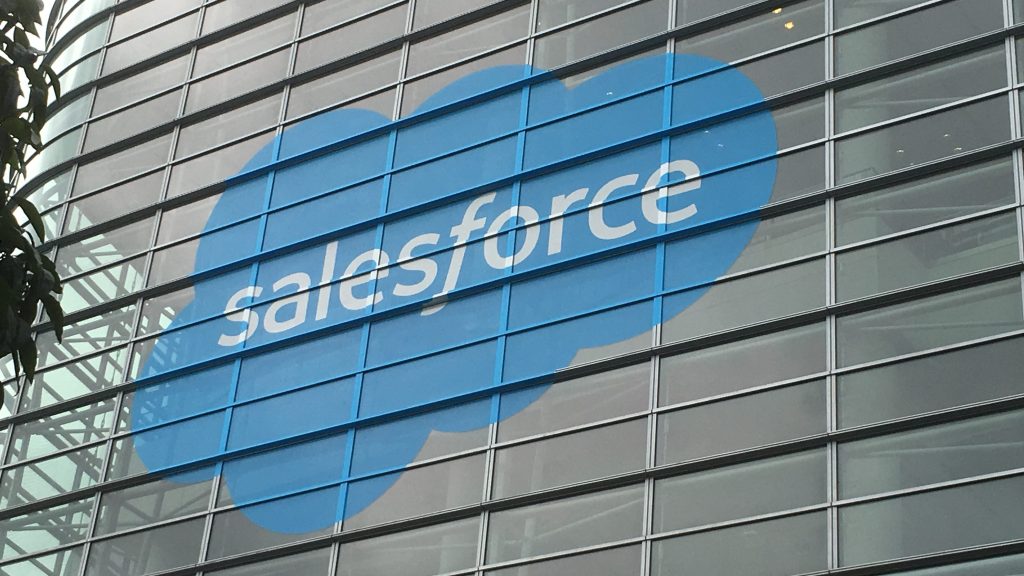Salesforce is a big, complex set of services, which has been augmented via acquisition with several other big complex services, including MuleSoft, Tableau and Slack, three companies the CRM giant acquired in recent years.
The company has been looking for ways to make all of these tools (including Salesforce itself) work better together, and it thinks the answer is using its low-code workflow tool, Salesforce Flow. Today, it announced an update that is designed to build integrated workflows between whichever tools in the Salesforce family you happen to be using.
It’s a bold attempt to pull together all of the pieces in the Salesforce arsenal in a more coherent fashion, using a popular tool that has been around since 2019 to do the job.
Salesforce co-founder and CTO Parker Harris says that when the company launched 23 years ago, it was all about humans entering data and interacting with machines, but over time, the machine has been able to take over some of the tasks, and that’s where Flow comes in.
“It was humans going into screens and entering information and reading it, and while that’s still very important, I think the world has shifted a lot where it’s now more about automation. It’s more the computer driving business, rather than humans trying to do it all on their own,” Harris explained.
While that ability to automate tasks has been around in various forms inside Salesforce for some time, the company is trying to pull it together in one centralized place by updating Flow with four new components. For starters, there is Flow in Slack, which as the name implies embeds Flow capabilities into Slack.
Slack already has powerful capabilities to incorporate other enterprise tools directly into it and use Slack’s workflow or an automation tool like Zapier to move work in an automated fashion, but the native integration with Flow lets users take advantage of Flow’s Salesforce-centric capabilities inside Slack to use it as a central work platform to access other Salesforce tools as needed.
The next item, Flow Actions, gives Tableau users the ability to create data-based workflows. So as you gather data inside a Tableau dashboard, certain levels could trigger actions like sending a message to a person in Slack when revenue drops below a certain level.
Finally, not to leave MuleSoft out of the equation, Salesforce introduced Flow Integrations, a powerful feature that lets you pull data from any system as part of a workflow, whether those systems are on on prem or in the cloud. In addition, Flow RPA lets you create automations across legacy systems.
You may be wondering about an intelligence component here, and while Einstein AI may not be built directly into these tools, workflow designers could add Einstein predictions and recommendations as part of an automated process, according to Salesforce.
Brent Leary, founder and principal analyst at CRM Essentials, says that these new tools are pulling together a lot of pieces of the Salesforce family of products in a way that has been difficult to do up to now.
“I think this is a necessary piece to the puzzle. The more clouds and components that comprise the overall platform, the more important it is to make it easier for actual business people to make them all work together,” he said.
Harris says that Salesforce decided to build these capabilities into Flow, rather than building a whole new tool because a large number of customers are already using it. “It’s very important, I think, to follow on success and follow on momentum and Flow has such adoption and momentum, and we’ll keep innovating on it,” he said.
The products are being announced today at the TrailblazerDX developer conference in San Francisco. Flow Integrations and Flow Actions are available today. Flow in Slack and Flow RPA will be available later this year.
New Salesforce developer tools look to tighten integration with Slack































Comment